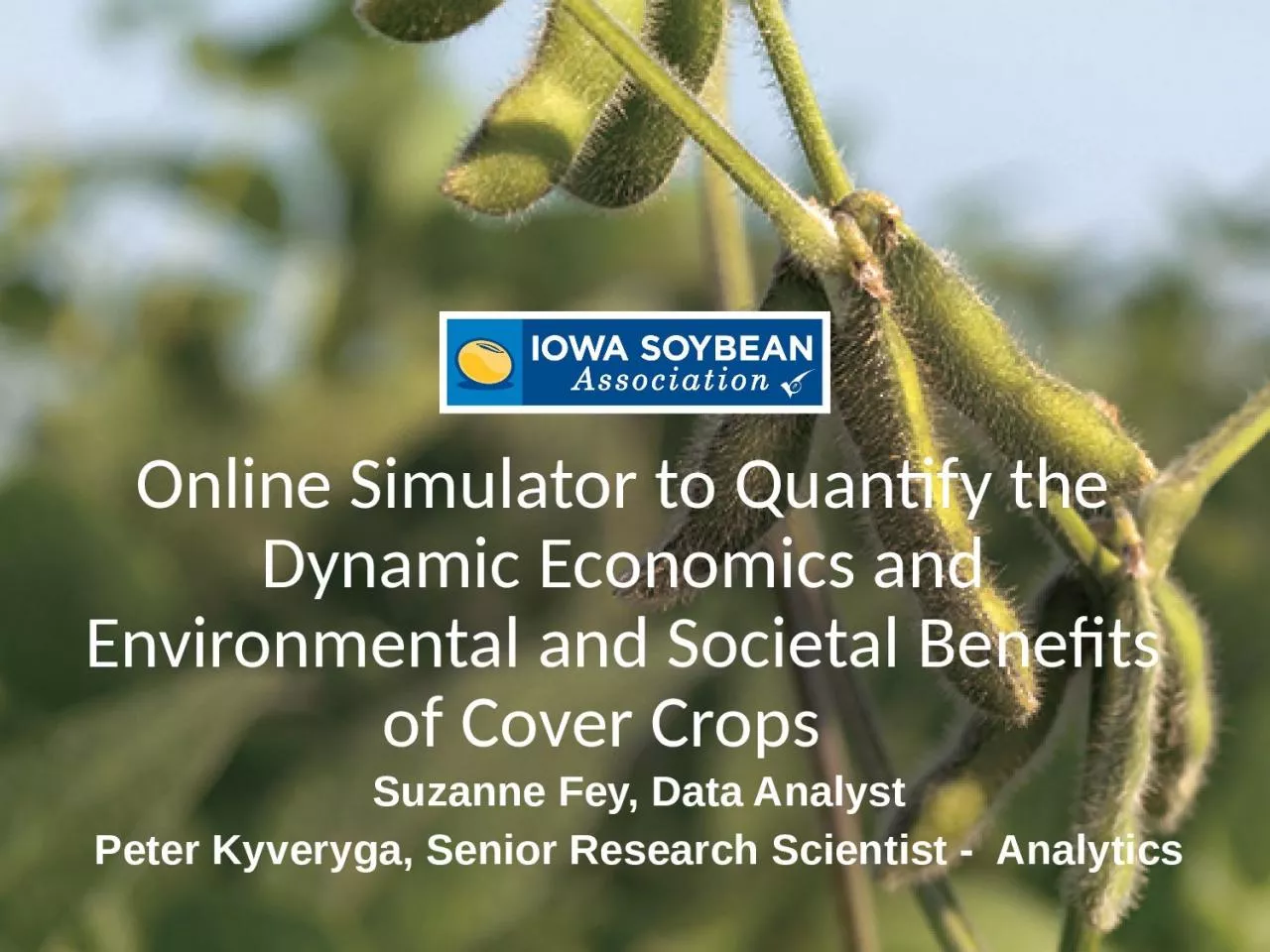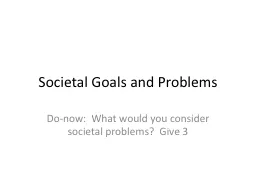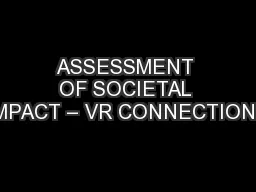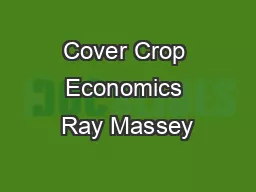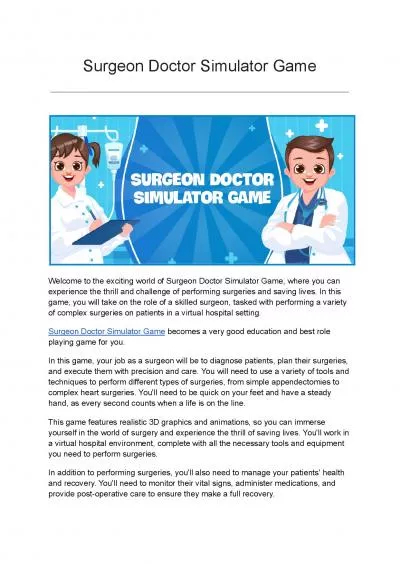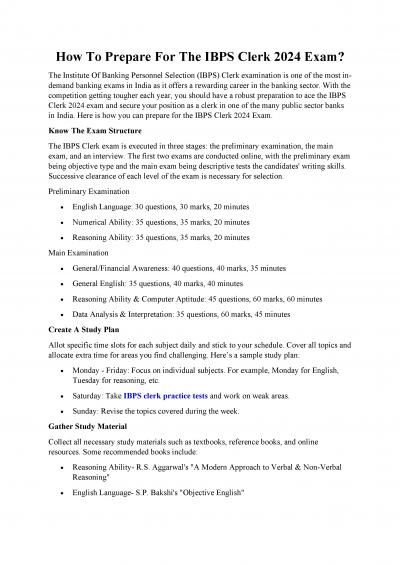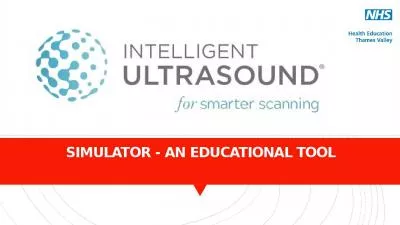PPT-Online Simulator to Quantify the Dynamic Economics and Environmental and Societal Benefits
Author : fanny | Published Date : 2023-10-29
Suzanne Fey Data Analyst Peter Kyveryga Senior Research Scientist Analytics Topics Cover Crop Economic simulator Soil Health Test Interpretation Portal for Farmers
Presentation Embed Code
Download Presentation
Download Presentation The PPT/PDF document "Online Simulator to Quantify the Dynamic..." is the property of its rightful owner. Permission is granted to download and print the materials on this website for personal, non-commercial use only, and to display it on your personal computer provided you do not modify the materials and that you retain all copyright notices contained in the materials. By downloading content from our website, you accept the terms of this agreement.
Online Simulator to Quantify the Dynamic Economics and Environmental and Societal Benefits: Transcript
Download Rules Of Document
"Online Simulator to Quantify the Dynamic Economics and Environmental and Societal Benefits"The content belongs to its owner. You may download and print it for personal use, without modification, and keep all copyright notices. By downloading, you agree to these terms.
Related Documents

